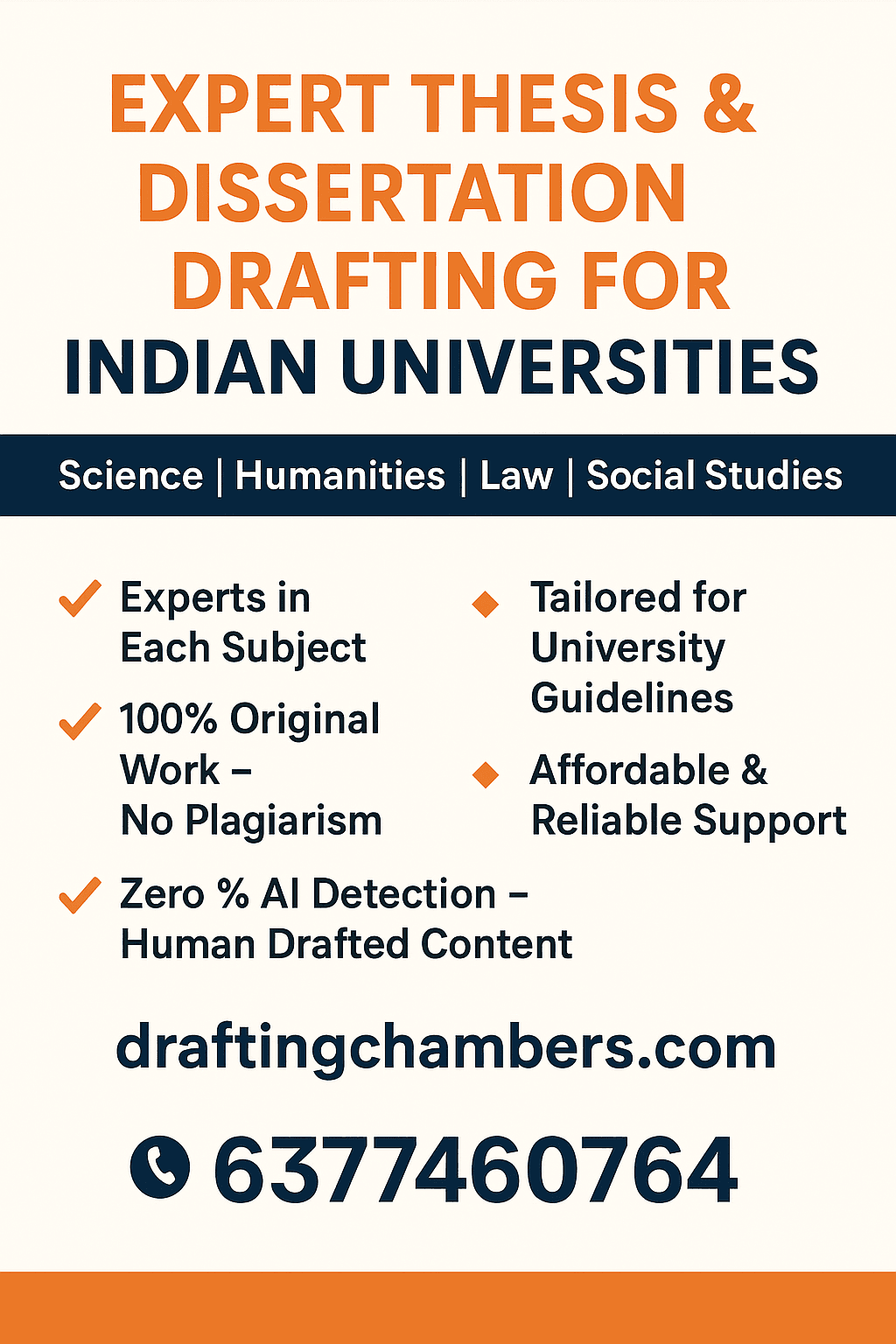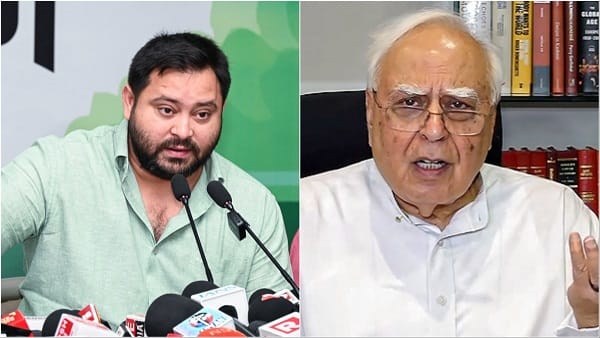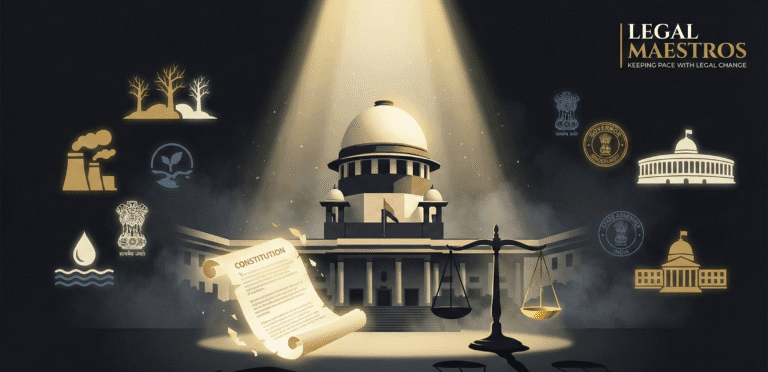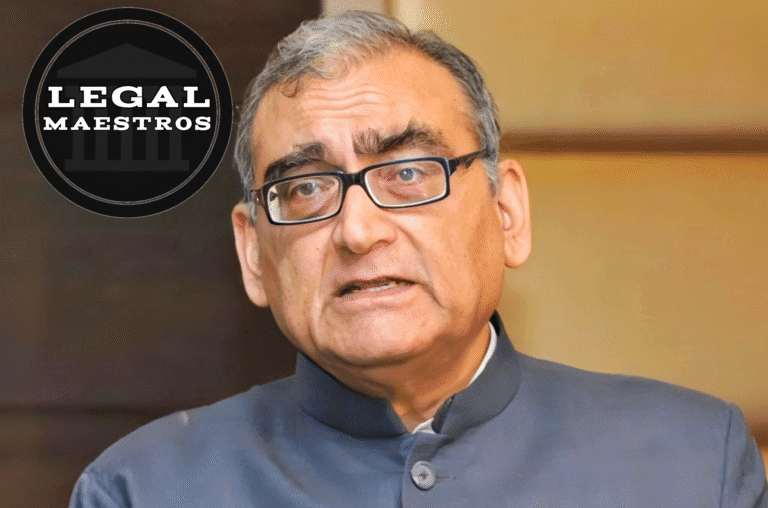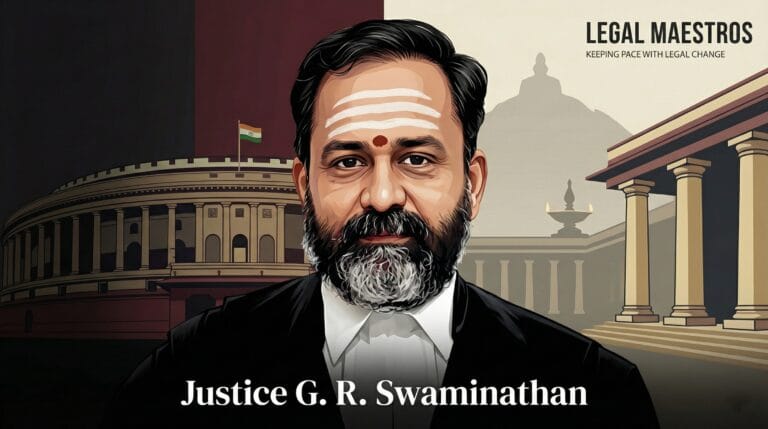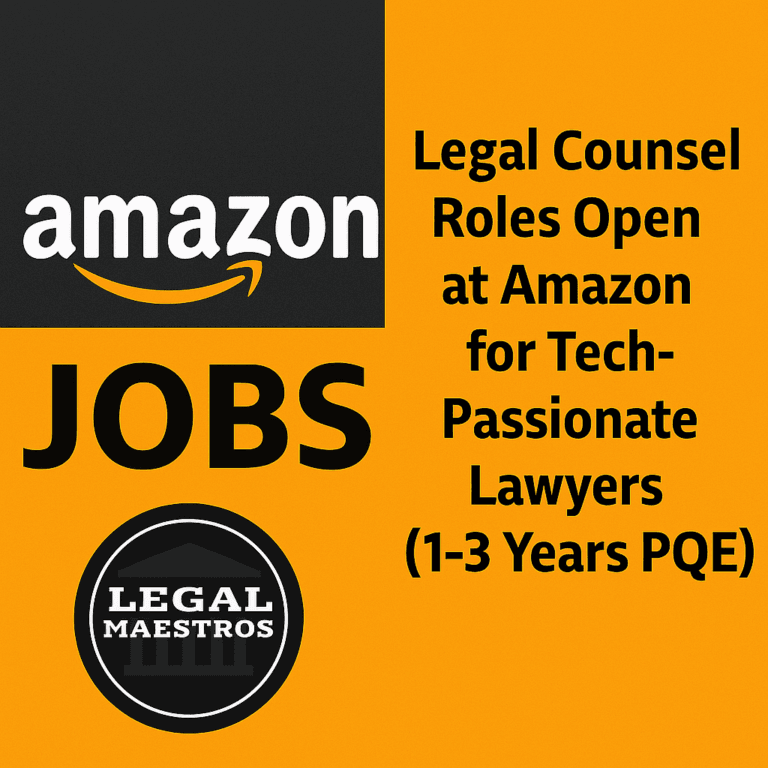
AI technologies are developed in terms of generative models to an extent where such content generated might look similar to the one written by a human. Such generative models operate based on big data sets, many times extracted from the works themselves, allowing new content to be created based on the learned pattern and structure.
Artificial intelligence exceeded an important threshold. Not only a device used to treat data, it is now a creative powerhouse, and it can come up with advanced writing, spectacular visual art, and new inventions. This step has brought us boldly into the age of the new innovation, but it has also provided a head-on crash with the foundations of intellectual property law. With courts and legislatures struggling to come to terms with this new reality, it is becoming apparent that this is no mere hiccup but something that is at the very core of our creative work as a society, and something that requires us to reassess the process by which we determine what creative work is, and how we then secure it.
The Authorship Void: Copyright in a Machine Age of Creation
Maybe the most direct and clear battle is being waged on the field of copyright. Copyright by its own definition, but common law and experience, has been permanently rooted in the conception of authorship of original works, and within that conception there has always existed an implicit and explicit thesis of necessity in the presence of a human mind, as the genesis to the creative manifestation of the expression. The Copyright Office of the United States has not been ambiguous about it, as this opinion was reiterated by denying the status of copyright to works created independently by AI systems. This issue was brought to the limelight by the iconic case of the work of art produced using AI, namely, A Recent Entrance to Paradise. The copyright office denied the registration claiming that the work consisted of a mere list of facts that, in their view, could not qualify as a copyrighted work as it lacked the human authorship necessary to sustain a copyright claim and was so held later by federal courts.
For any queries or to publish an article or post or advertisement on our platform, do call at +91 6377460764 or email us at contact@legalmaestros.com.
Such a form of strict human authorship though legal in the line of the statutes presents a depth and disturbing authorship vacuum. When an AI creates a work, this work is hurled into the public domain to be used by anyone, reproduced and changed at no cost or any form of permission needed by anybody. That is a critical question: What of works in which a human has merely supplied a detailed prompt, selected output of the AI, or been in a repeated cycle of iteration? The boundary between an “AI-assisted” (in which the human being is the creator of a work with the help of an advanced tool) and an “AI-generated” work (in which the machine itself is the creative part) is a deadly thin one. It is a grey area in the law and makes anyone who creates with the use of AI and the companies developing these powerful tools, to consistently exist in a state of uncertainty. In the absence of specific rules, we would drive to the devaluation of the very human creativity that copyright was created to secure.
The Ghost in the Machine: AI inventor and patent law
Close, and possibly more economically meaningful, is the parallel in the patent world to such paradox. The patent law is made to encourage human creativity by rewarding inventors with a limited-duration exclusive right to new and useful inventions. It is all part of a great compromise: inventors pay to be isolated, to keep their invention a secret, in exchange of which they are granted with temporal exclusivity. What then occurs when the inventor is not a human being? Who owns, or indeed who is the inventor when an AI system, having processed vast amounts of data on chemical compounds or engineering diagrams, has found a new way of solving a complex technical problem?
This question has been faced by courts and patent offices all over the world that with few exceptions, have taken a resolute stand where a human being must be an inventor. This was in the center of the international legal pageantry of DABUS, an artificial intelligence system developed by Stephen Thaler, which in turn autonomously designed structures of a new kind of drink container as well as a guidance signal. As well as patent applications listing DABUS as the inventor had been filed in many other countries and systematically denied by the United States, the United Kingdom, and its European Patent Office, due to the requirement that an inventor be a natural person.
Although patent offices have made it clear that AI-invented inventions can still be patented, they must now have such a big contribution by a human. It is simply a kick in the can, and a new debate of what comprises a significant contribution is pitched and not so quietly contested. Can we consider the designing of the AI model? Or, does it engage a direct participation in the final step of invention? With developing AI, the human input into the research and development process might disappear up to the point where it is almost impossible to attain this standard. This may leave innovative or AI-created inventions, whether a new life-saving drug or a more efficient energy technology unrewarded due to a lack of patent protection or patentability, thus achieving the opposite, namely, hollowing out the incentive structure that patent law was designed to achieve.
Original Sin: Training Data and the Fair Use Quagmire
The most disputable and the most commercially incendiary question seems to be the threat of massive copyright violations that shadow the very creation of such mighty AI models. The generative AI is made not out of nowhere but trained using petabytes of text, images, music and code scraped off open web. Much of this information is, undoubtedly, covered by the copyright.
This has spawned a flood of high-stakes lawsuits by authors, artists and media conglomerates such as Getty Images, The New York Times and the Authors Guild. According to them, systematic copying of their work without permission to educate commercial AI products constitutes digital theft, of an unprecedented scale. AI developers have responded by drawing the umbrella of fair use, a legal provision that allows the fair use of a copyright material without the authorization to comment on it, criticize it, news reporting, and research. Its use is considered transformative by the developers since the AI would be taught the patterns and styles through the data to develop something completely new, but not merely as a copy of the original works.
But once an AI is capable of creating images that are essentially styled after a particular living artist, or creating paragraphs of text that approximate the idiosyncratic style of a particular author, and that publicly compete with that living artist or author in the marketplace, then the case that such images are a fair use of an AI becomes weak. Its the train wreck that we are careening towards: the rights of established creators compared with the insatiable data consumption of the tech business. Existing legal systems that focus on photocopying and VCRs will not serve well to negotiate this digital dilemma. The result of them will have deep implications and this will likely change the economics of both the creative and tech industries either affirming the present training paradigm or compelling a complete re-engineering of how AI is constructed.
Cutting a New Path: Seeking a 21st Century IP Paradigm
Such attempt to force innovative technology into a century old legal category is a futile endeavour. AI-related issues are not merely technical but philosophical that make us question the ways of creativity, ingenuity, and ownership. We do not have the luxury of waiting as a badly cut-up quilt of inconsistent court rulings and statutory provisions sluggishly drags towards modernity. We are in fact desperate for a dialog to begin, an active international discussion between policy thinkers and technological wizards and artists and the inventors of things, to establish a new legality appropriate to this new age.
This futuristic construct may be in a number of forms. This may include creative and replicable licensing schemes to allow training data to be licenced and structured with marketplaces where AI developers can gain access to the data they require legally and ethically, with the developers of the data being rewarded. It might also imply pegging clearer legal standards on human authorship in works with AI assistance, possibly founded on such factors as the extent of creative control and substantive contribution exercised by the human user.
An even more radical and an increasingly popularized proposal would be to devise entirely new and ex nihilo kinds of intellectual property rights to AI-generated works. A sui generis right is Latin, meaning, of its own kind, and it would be a new type of legal protection, specifically designed to fit AI. It might recognize the economic value of these works without supporting the entire package of rights that accompany human authorship, maybe at a shorter term of protection or more limited exclusive rights. This might result in a compromise: it might encourage investment into innovation in AI and at the same time discourage the depreciation of the cultural heritage, which is the public domain and the rights of the human producer. The going forward is tricky and will demand some tough balancing act but one thing is correct development of innovation should not be at the expense of stripping the legal safeguards that enable human creativity to blossom. Its future is dependent on the future of technology and the future of the arts.
